 |
 |
 |
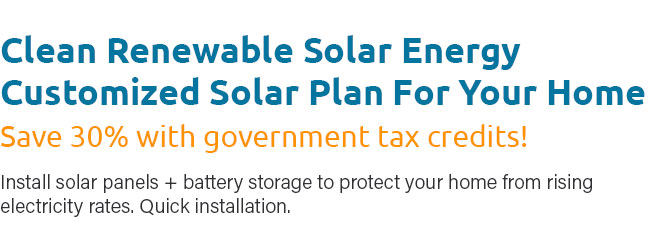 |
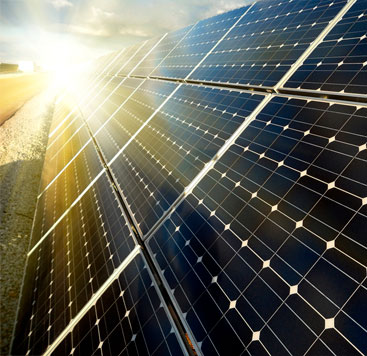 |
 |
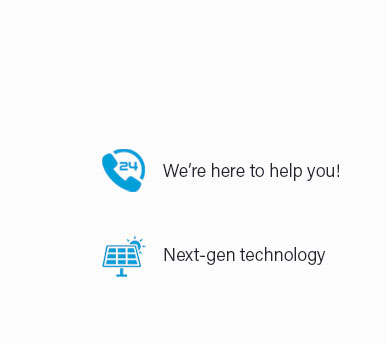 |
 |
 |
 |
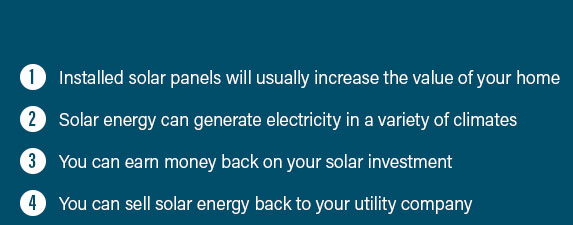 |
 |
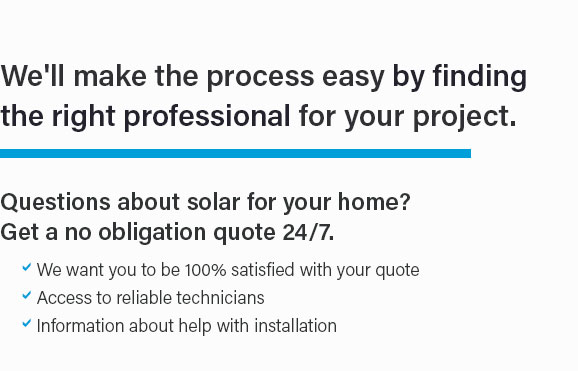 |
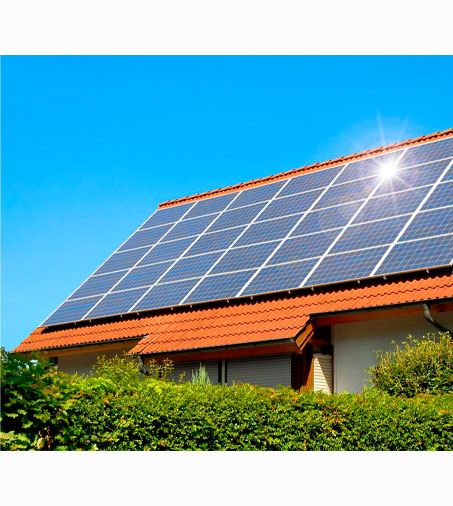 |
|
 |
 |
 |
Installing Solar Panels in California: A Comprehensive GuideUnderstanding the BenefitsCalifornia, with its abundant sunshine, is a prime location for solar energy. Installing solar panels not only reduces electricity bills but also contributes to a sustainable future. Solar energy is clean, renewable, and increasingly cost-effective.
Steps to Install Solar Panels1. Evaluate Your Home's SuitabilityStart by assessing your home's solar potential. Consider the roof's orientation, angle, and shade from nearby trees or structures. 2. Choose a Reputable Solar InstallerSelecting a professional installer is crucial. Research local companies, check their certifications, and read customer reviews. For larger projects, consider a commercial solar panel install service. 3. Financing and IncentivesExplore financing options such as loans, leases, or power purchase agreements. Take advantage of California's incentives, including the California Solar Initiative and federal tax credits. Common Challenges and SolutionsWhile solar installation has many benefits, some challenges may arise.
FAQWhat is the average cost of installing solar panels in California?The cost varies depending on the size of the system and location, but the average is between $15,000 and $25,000 after incentives. How long does it take to install solar panels?The installation process typically takes 1 to 3 days, but the entire process, including permits and approvals, can take several weeks. Can solar panels work during power outages?Traditional solar systems do not work during outages, but with battery storage, you can have power backup during grid failures. Future of Solar Energy in CaliforniaAs technology advances and costs decrease, solar energy is becoming more accessible. California leads the nation in solar energy adoption, setting a precedent for other states. Curious about solar costs elsewhere? Check out how much to install solar panels in Florida for a comparison. https://www.cpuc.ca.gov/industries-and-topics/electrical-energy/demand-side-management/california-solar-initiative
The California Solar Initiative (CSI) General Market Program closed on December 31, 2016. While California continues its commitment to supporting clean, ... https://www.reddit.com/r/solar/comments/1afm4vj/is_solar_in_california_worth_it/
Self-Sufficiency: The major advantage is complete energy independence. You won't be affected by grid outages or rising electricity costs. https://www.currenthome.com/blog/can-you-install-a-diy-solar-system-in-california-current-home/
California requires building permits before you can start installing the panels. To have your application approved by the permitting agency, you ...
|